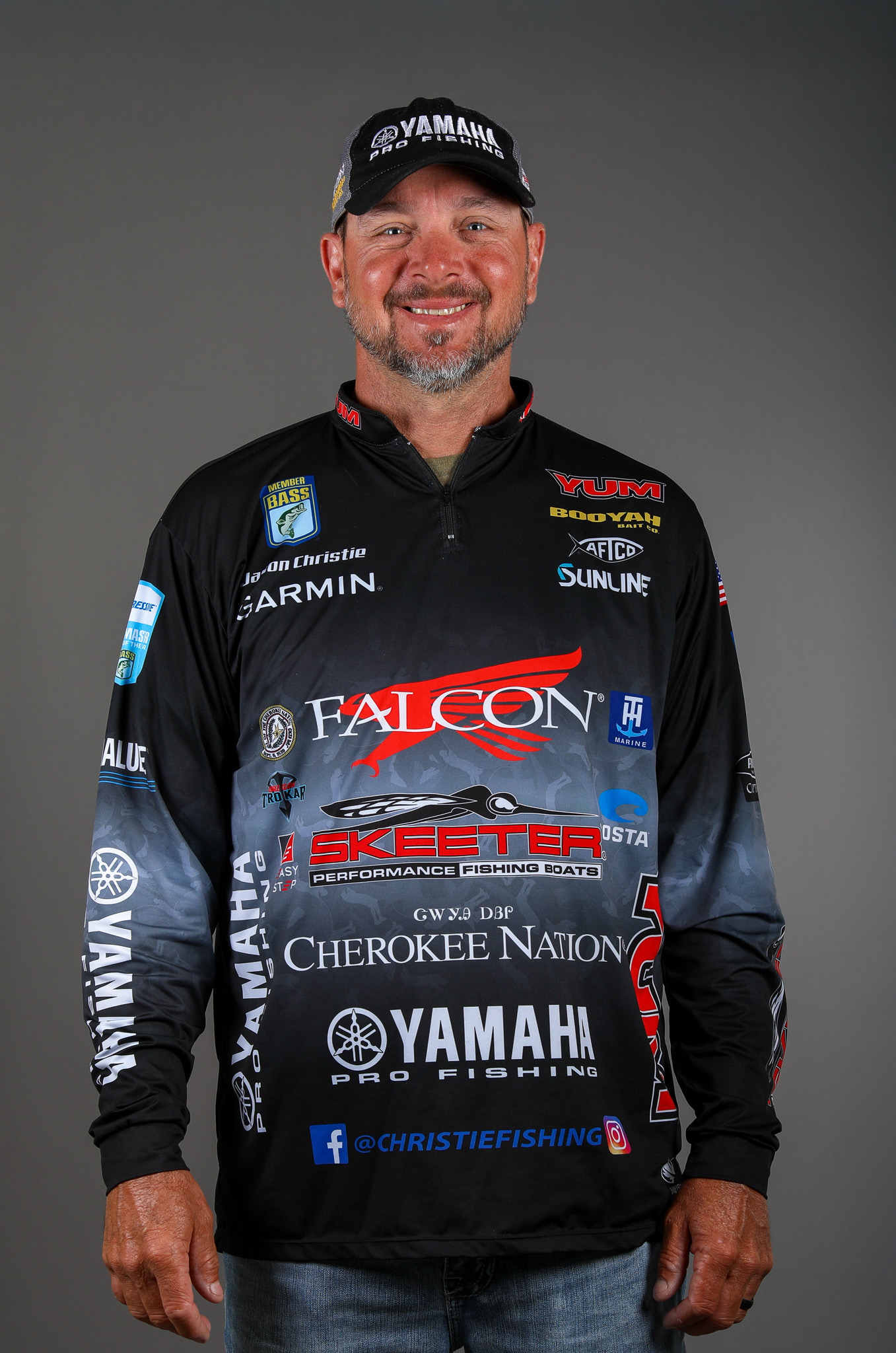
I’ve often said that after a tournament season ends, I like to unplug from fishing for several weeks and enjoy the relaxation and family bonding of deer season. But, as much as I need this break to rest up and get myself ready for the next year, I’ve found a strong similarity between the two sports — specifically in the way we find what we’re looking for.
When I’m trying to find fish, I depend on the side view and down view of my Garmin electronics, and when I’m trying to get a look at the deer in the area I’m going to hunt, I make good use of trail cameras.
Back in the day, before trail cams, you never really knew what you had on your property unless you or your buddy or your neighbor saw it firsthand. Now, these devices have changed the way we hunt.
For one thing, I think the trail camera has saved more deer than anything. Ten years ago, when we’d go out the first day of deer season, we’d shoot the first decent one that walks by because we didn’t know what lived on our property.
Now, we get pictures of bigger deer that we want to take and a lot of people will pass on the smaller deer. In the past five to 10 years, the quality of deer in my area has gotten better. I think that’s because of the trail cam; we’re holding out for those bigger deer.
Sometimes we get the one we’re looking for and sometimes we don’t. But it’s showing us things that we didn’t know about deer behavior.
This is where trail cam strategies and fishing electronics strategies have a lot in common. I use my trail cams to see what lives there, but I also use them a lot as a study tool. That has taught me a lot about deer biology.
For example, when deer lose their velvet they don’t feel good, and they kind of scatter. I was getting plenty of pictures of deer, and then I started getting pictures of deer with bloody horns. For a while, I wasn’t getting any buck pictures and now, you can’t run them off.
Just like finding fish with my electronics and being able to judge the size of the school makes me a more efficient angler, I feel like I don’t waste a lot of time with trail cams. I know what deer is in the area and what deer is not.
But even with trail cams, I still go hunting and some days don’t see a deer. It’s the same way with fishing — I have side view and down view and there are days that I don’t find anything. But whether I’m shooting my New Breed Blade bow or casting a Bomber crankbait and throwing a YUM Mighty worm, I feel like I’m a lot more efficient with both.
A lot of this efficiency doesn’t just come from seeing what you’re after, but also by learning from what you see. For example, the biggest thing I’ve learned from my Garmin Panoptix is how fish react to the boat.
You’re drifting along and suddenly you see fish, but you hit the trolling motor or you drop something and they can be 100 feet from the boat, but they know something’s up. For years, going down the bank flipping, I’d tell my co-angler or my Marshal that I like to be as quiet as possible — almost like I’m hunting.
I’ve seen proof of this principle on Panoptix, even in 20-30 feet of water. The fish instinctively know that something’s not right.
And then with the side view and down view, you learn how these fish change from day to day and hour to hour. Take current generation, for example. You see how they set up on one point and then when the current picks up or slows down, they’ll change their position.
It’s like they have a place that they sit when there’s medium current, a place for when the current’s high and then a place they’ll sit when there’s not much current.
You can pick up on some of this by using regular sonar like we did for years and year, but it’s just a lot quicker and faster with the more advanced electronics because I’m covering up to 10 times more water.
I think that’s the clearest parallel to how I use trail cams. When I was younger, I learned a lot about deer by sitting in the woods and watching. But once I started hanging cameras on trees, it opened my eyes to a whole different level of understanding.
Every fish and every deer has its own personality. Some are loners; some only move in groups. Some are easy going like the time I saw a doe and a coyote feeding 30 feet from one another. Others — like the two does I saw standing on their hind legs and duking it out — can be pretty cranky (see above).
Sometimes I think about deer while I’m fishing and sometimes, think about bass while I’m hunting. They’re different activities, but when it comes to perspective and strategy, there are definitely some clear crossover points.
I think fishing makes me a better hunter and hunting makes me a better fisherman.

